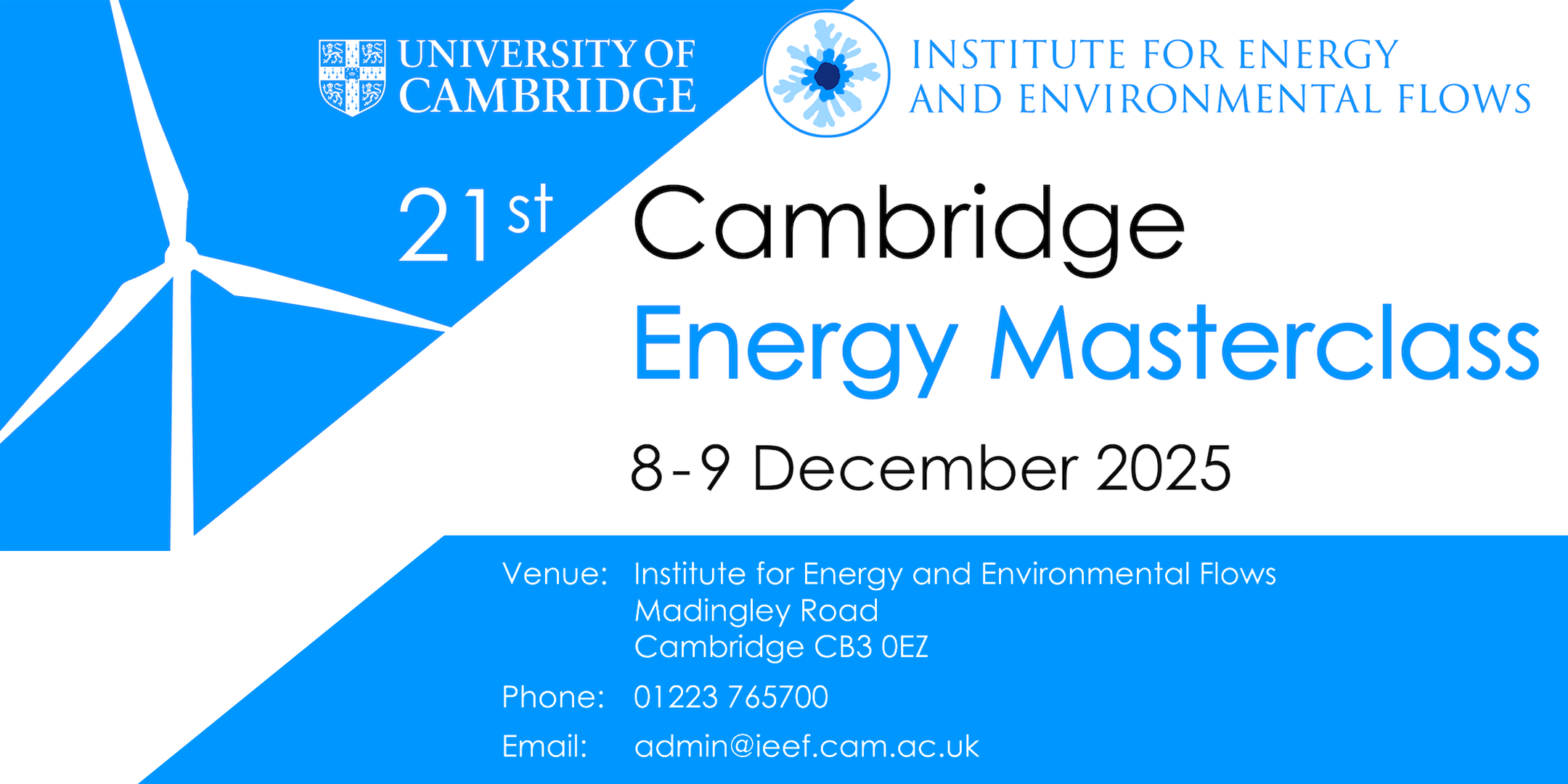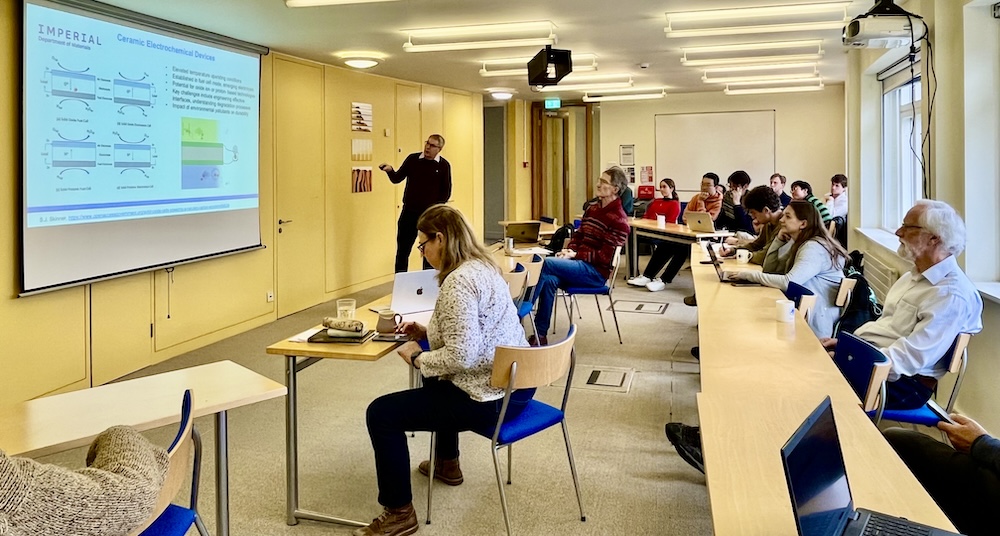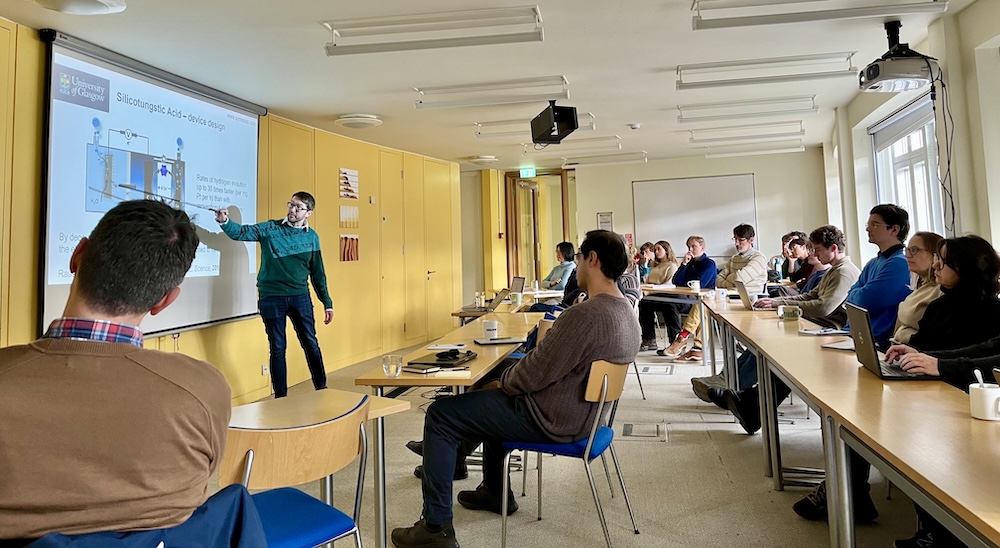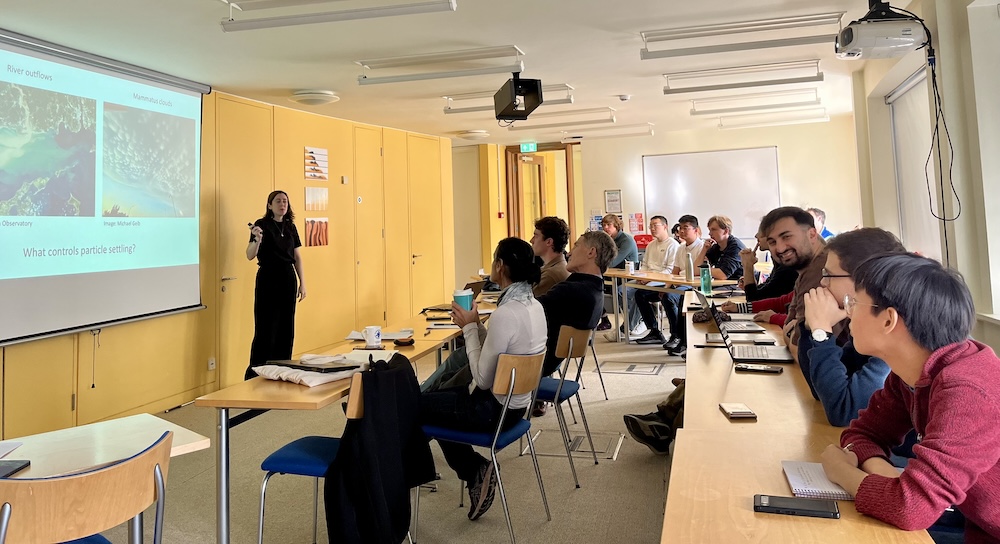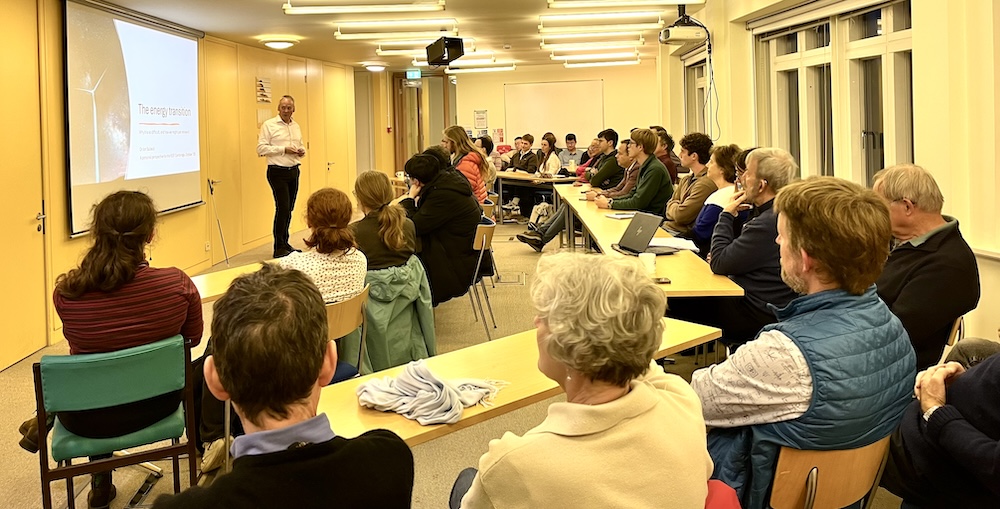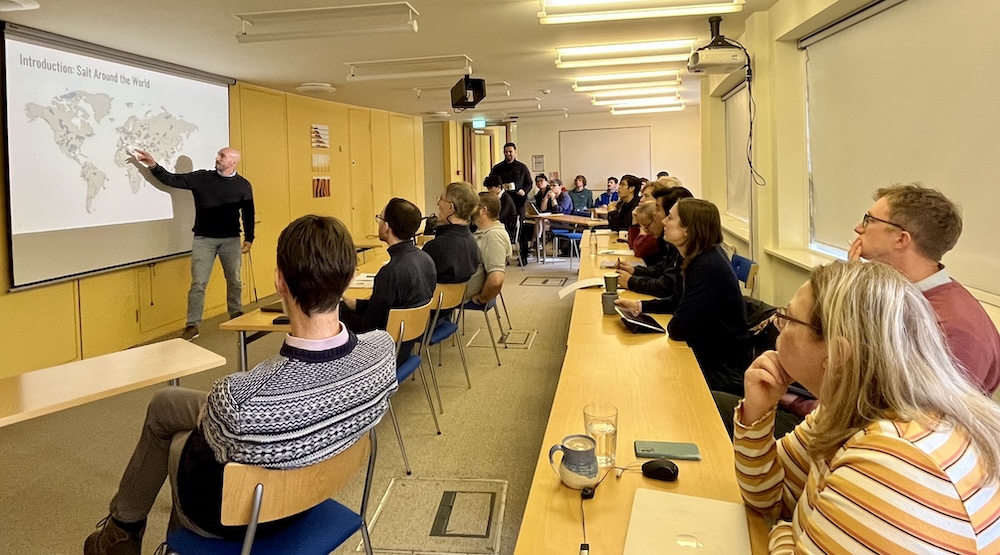2025 Energy Masterclass
The Cambridge Energy Masterclass was a two-day intensive meeting of lectures and discussions, with talks from leading experts in various aspects of energy demand and supply. It focussed on the energy transition and the technologies needed to optimise new energy systems. We discussed the current energy system, and the different contributions provided by a number
